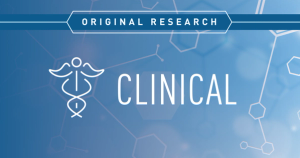|Videos|August 11, 2020
Employer Opportunities With Biosimilars
Advertisement
Newsletter
Stay ahead of policy, cost, and value—subscribe to AJMC for expert insights at the intersection of clinical care and health economics.
Advertisement
Related Articles
 Employers Lean on Data Transparency to Contain Rising Health Care Costs
Employers Lean on Data Transparency to Contain Rising Health Care CostsSeptember 10th 2025
 More Employers Offer Preventive Drug Lists Over Time
More Employers Offer Preventive Drug Lists Over TimeAugust 18th 2025
Latest CME
Advertisement
Advertisement
Trending on AJMC
1
West Coast Health Alliance Releases First Vaccine Guidelines, Aiming to Replace CDC Recommendations
2
Metabolic Issues More Common in Patients With HIV
3
Iron Dysregulation Linked to MS Progression, Review Finds
4
Sotatercept Shows Right Heart Gains in PAH: Anjali Vaidya, MD
5


















































